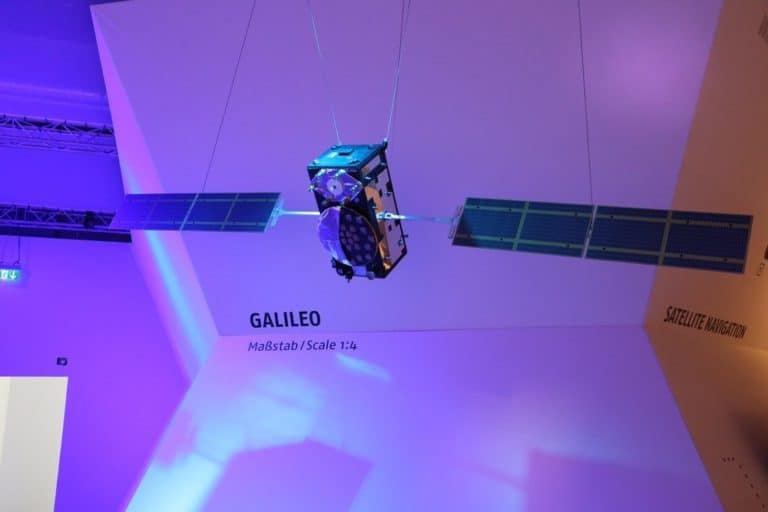This week the European Space Agency (ESA) announced a ‘High Accuracy Service’ delivered through its Galileo network of global navigation satellites.
The new capability aims to promote downstream innovation for sectors that rely on global navigation services.
The High Accuracy Service (HAS) delivers horizontal accuracy down to 20 cm and vertical accuracy of 40 cm, according to ESA. The organization explains that the service is enabled through an additional level of real-time positioning corrections, delivered through a new data stream within the existing Galileo signal.
Javier Benedicto, ESA Director of Navigation, proclaimed that “Galileo is not standing still”, adding that the new High Accuracy Service “offers a new dimension of precision to everyone who needs it.”
He also said that the Open Service Navigation Message Authentication, which is already available, “allows users to authenticate Galileo signals as they make use of it”. This, Benedicto explained, minimises any risk of spoofing.
The Open Service Navigation Message Authentication is a mechanism that allows a GNSS receiver to verify the authenticity of information and the entity transmitting it.
Greater uptake due to accessibility
The new HAS correction message is embedded within the ‘E6’ band of the Galileo signal – typically not accessed via smartphones and other mass-market products, but only through high-end receivers. However, this message is now also being made available through the internet, opening the prospect of wider adoption by connected devices and its development into the Open Service standard in years to come.
“ESA’s role is to oversee such fundamental upgrades to the Galileo system”, Benedicto said. The agency fulfils this role by working in conjunction with Galileo’s service provider, EUSPA, and its owner, the European Union.
EUSPA targets the new Galileo service towards current high-precision applications such as agriculture, resource prospecting and land surveys. The organization also hopes to target “emerging sectors” such as robotics, autonomous driving, trains, ships, drones and augmented reality. The HAS could even be used for flying satellites in formations, ESA said.
“With this new High Accuracy Service, Galileo becomes the first constellation able to provide a high-accuracy service globally and directly through the signal in space and via internet”, according to Rodrigo da Costa, Executive Director of EUSPA.
